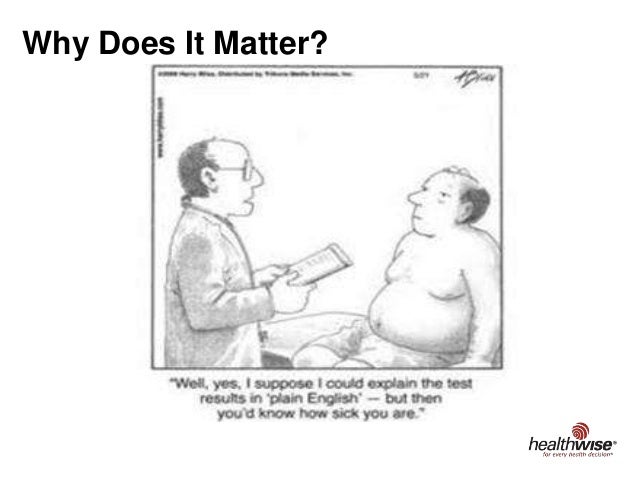Booker, S. (2016). Chatting and Dreamin. Hopestreetcards. Retrieved from
http://hopestreetcards.com.au/blogs/news/84063492-chatting-and-dreamin
http://hopestreetcards.com.au/blogs/news/84063492-chatting-and-dreamin
Children's Week (2015) Communities at Work, I Wonder [book cover]. Children's Week, Canberra,
Australia. Retrieved 4/2/2016 from https://commsatwork.org/civicrm/event
Australia. Retrieved 4/2/2016 from https://commsatwork.org/civicrm/event
Coleman, C., Hudson, S., & Maine, L. (2013). Health Literacy Practices and Educational
Competencies for Health Professionals: A Consensus Study. Journal Of Health Communication,
18 (sup1), 82-102. http://dx.doi.org/10.1080/10810730.2013.829538
De Sousa, R. (2012). What is Health Literacy. NUTR 360 - fal 12. Retrieved from http://www.personal.psu.edu/bal18/blogs/nutr_360-fall_12/2012/09/what-is-health-
Diversity Council Australia.(2016) Why Diversity Matters. Retrieved 24 January 2016,
from http://www.dca.org.au/about-dca.html/why-diversity-matters.html
from http://www.dca.org.au/about-dca.html/why-diversity-matters.html
Goldbach, J. T., Amaro, H., Vega W., & Walter M. D. (2015). The grand challenge of promoting
equality by addressing social stigma (Grand Challenges for Social Work Initiative Working Paper
No. 1 8). Cleveland, OH: American Academy of Social Work and Social Welfare.
equality by addressing social stigma (Grand Challenges for Social Work Initiative Working Paper
No. 1 8). Cleveland, OH: American Academy of Social Work and Social Welfare.
Google.com.au,. (2016). equity and diversity - Google Search. Retrieved 24 January 2016, from
https://www.google.com.au/search?q=equity+and+diversity
https://www.google.com.au/search?q=equity+and+diversity
Harris, J., Springett, J., Croot, L., Booth, A., Campbell, F., & Thompson, J. et al. (2015). Can
community-based peer support promote health literacy and reduce inequalities? A realist
review. Public Health Research, 3(3), 1-192. http://dx.doi.org/10.3310/phr03030
community-based peer support promote health literacy and reduce inequalities? A realist
review. Public Health Research, 3(3), 1-192. http://dx.doi.org/10.3310/phr03030
Jones, K., & Creedy, D. (2013). Health and Human Behaviour.(3rd ed.)
South Melbourne,Victoria.
Oxford University Press.
Oxford University Press.
Koch, D. (2013). Experiences of nursing students undertaking clinical placement in a bachelor
degree : a perspective of diversity. Hdl.handle.net. Retrieved 24 January 2016 from
http://handle.net/10453/29231
degree : a perspective of diversity. Hdl.handle.net. Retrieved 24 January 2016 from
http://handle.net/10453/29231
Moceri, J. (2013). Hispanic Nurses' Experiences of Bias in the Workplace. Journal Of Transcultural
Nursing, 25(1), 15-22. http://dx.doi.org/10.1177/1043659613504109
Nursing, 25(1), 15-22. http://dx.doi.org/10.1177/1043659613504109
Oxford University Press (2016). Retrieved 9 January 2016,
from http://www.etraining.communitydoor.org
Peroni, L., & Timmer, A. (2013). Vulnerable groups: The promise of an emerging
concept in European Human Rights Convention law. International Journal Of Constitutional Law,11 (4), 1056-1085. http://dx.doi.org/10.1093/icon/mot042
concept in European Human Rights Convention law. International Journal Of Constitutional Law,11 (4), 1056-1085. http://dx.doi.org/10.1093/icon/mot042
World Health Organization (WHO). (2013) Health Literacy. The
Solid Facts [Online]. Available from:
http://www.thehealthwell.info/node/534072 [Accessed: 4th February 2016].
www.slideshare.net,. (2016). SlideShare.net. Retrieved 3
February 2016,
from http://www.slideshare.net
from http://www.slideshare.net
.jpg)


